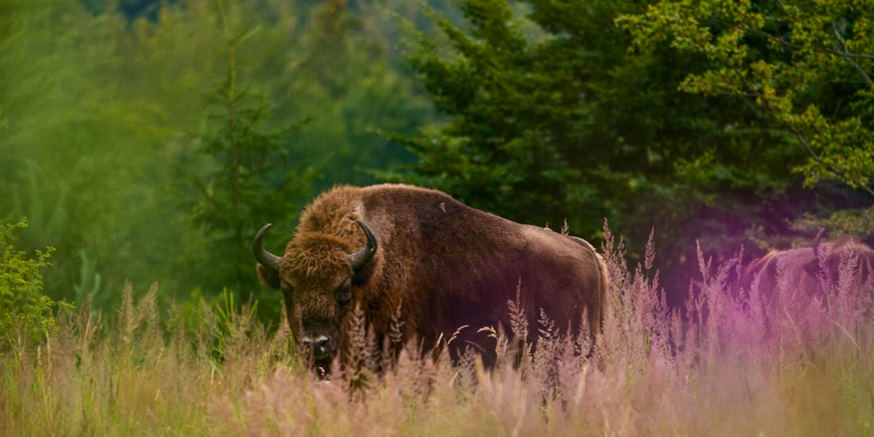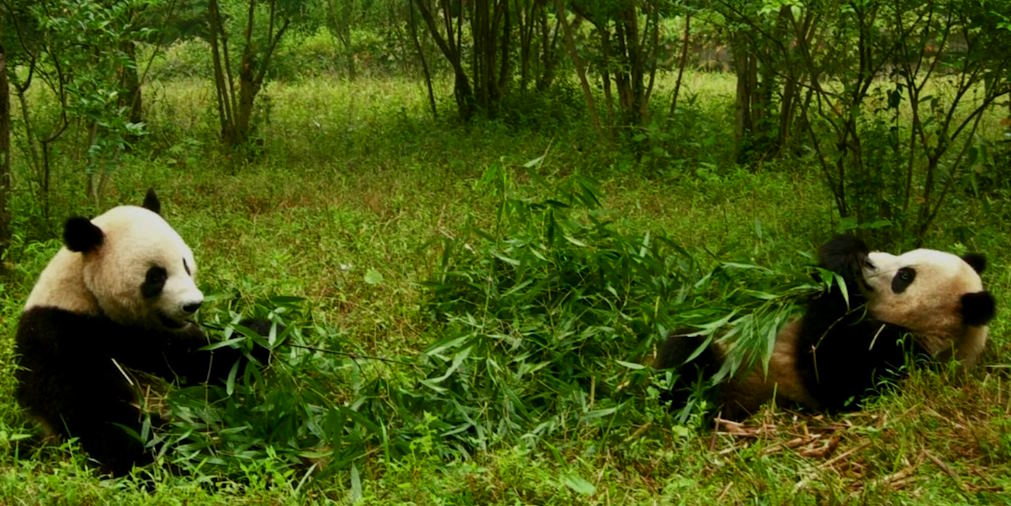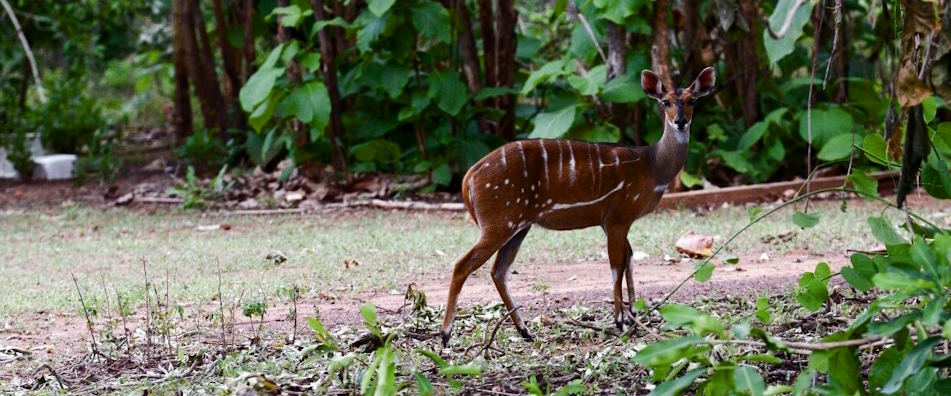Collaborative Initiatives for Animal and Nature Conservation
Collaboration is a key driver of positive change in animal and nature conservation. In Europe, various collaborative initiatives have emerged, bringing together governments, organizations, and individuals to work collectively towards protecting wildlife and preserving natural ecosystems. These collaborative efforts have proven to be instrumental in achieving significant conservation outcomes. Let’s explore some notable initiatives and their impact:
| Initiative |
Description |
Impact |
| European Wildlife Conservation Initiative (EWCI) |
A partnership between government agencies, conservation organizations, and research institutions, aiming to protect and restore habitats, combat wildlife crime, and promote sustainable practices. |
Improved habitat protection, increased monitoring of endangered species, and successful conservation outcomes. |
| Green Corridors Project |
An initiative focused on establishing ecological corridors across Europe to connect fragmented habitats and facilitate the movement of wildlife. |
Enhanced biodiversity, improved genetic diversity, and increased resilience of ecosystems. |
| Rewilding Europe |
A collaborative effort to restore and conserve wilderness areas, reintroduce keystone species, and promote sustainable land-use practices. |
Restored natural processes, increased wildlife populations, and economic benefits for local communities. |
| EuroNatur |
An organization that collaborates with local partners to protect critical habitats, advocate for nature conservation policies, and promote sustainable tourism. |
Preserved threatened ecosystems, successful campaigns for protected areas, and sustainable development in local communities. |
| European Bird Census Council (EBCC) |
A network of national bird monitoring organizations, working together to collect and analyze bird population data across Europe. |
Improved understanding of bird populations, identification of conservation priorities, and effective conservation measures. |
These collaborative initiatives demonstrate the power of partnerships and collective action in addressing complex environmental challenges. By sharing resources, knowledge, and expertise, these collaborations have achieved remarkable conservation outcomes and laid the foundation for a sustainable future for animals and nature in Europe.

Benefits of Collaboration
Collaborative efforts in animal and nature conservation offer several benefits that contribute to their success:
Shared Expertise
Collaborations bring together diverse perspectives and expertise from different stakeholders, enabling comprehensive problem-solving and informed decision-making.
Leveraging Resources
By pooling financial and technical resources, collaborative initiatives can achieve more significant impacts and implement larger-scale projects than individual organizations or agencies could accomplish alone.
Knowledge Exchange
Collaborations facilitate the exchange of knowledge, best practices, and research findings, allowing participants to learn from each other and improve their conservation strategies.

Advocacy and Policy Influence
Collaborative initiatives have a stronger collective voice, enabling them to advocate for policy changes, secure funding, and influence decision-makers to prioritize environmental conservation.
Scaling Up Conservation Efforts
Collaborations provide a platform to scale up conservation efforts, expand conservation areas, and implement more extensive monitoring and protection measures.
Collaborative efforts in animal and nature conservation are driving positive change in Europe. Through partnerships, initiatives such as the European Wildlife Conservation Initiative, Green Corridors Project, Rewilding Europe, EuroNatur, and the European Bird Census Council are making significant strides in protecting wildlife, restoring habitats, and promoting sustainable practices. By working together, these collaborations amplify their impact, achieving conservation goals that would be challenging to accomplish individually. The success of these initiatives demonstrates the power of collective action and highlights the importance of collaboration in safeguarding animals and preserving the natural world for future generations.







